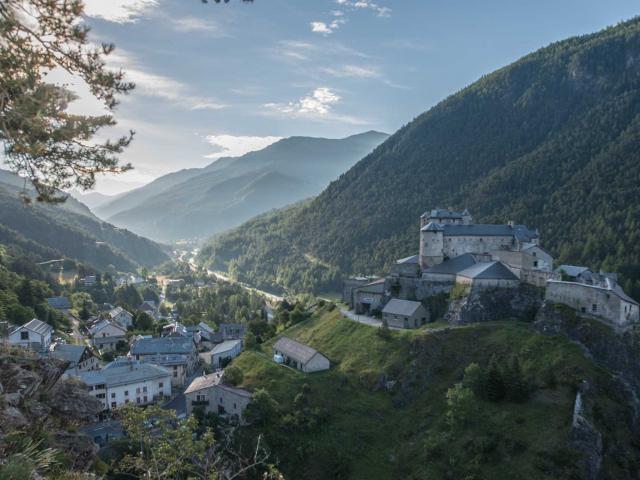The territory of Camargue, between land and sea
Camargue and its 85,000 hectares are protected by the Camargue Regional Natural Park. This unique territory in Europe is made of vast and exceptionally rich plains, salt marshes and salicornia moors where white Camargue horses and herds of Camargue bulls rest. Pink flamingos have made the reed marshes and ponds their home. The highest point is located 4,50 meters above sea level.
 The Gacholle lighthouse in Les Saintes-Maries-de-la-Mer, Bouches-du-Rhône
The Gacholle lighthouse in Les Saintes-Maries-de-la-Mer, Bouches-du-Rhône











